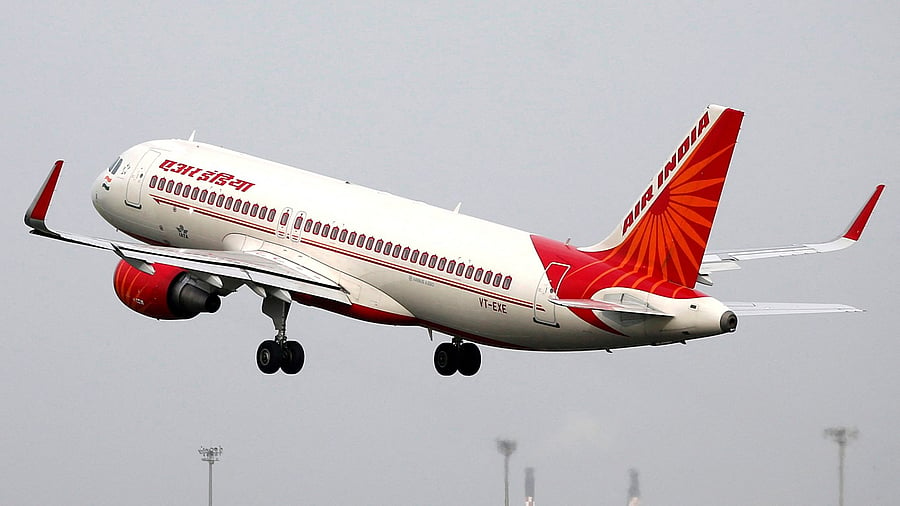
Representative image of an Air India aircraft.
Credit: Reuters Photo
Mumbai: Tata Group-owned Air India has rolled out a dedicated emotional and mental well-being app for its pilots and cabin crew members and their families, offering over 600 expert-designed self-care techniques besides one-to-one therapy and psychiatry sessions, in the aftermath of one of the Ahmedabad plane crash in June this year, sources said.
Besides, it also offers tools for journaling, tracking mood and goals and AI-powered chatbot support, they said.
Following the crash, which killed 260 people, as many as 112 pilots had reported sick on a single day (June 16), comprising 51 commanders (P1) and 61 First Officers (P2).
The government in response to a question in Parliament last month termed it as "a minor increase in sick leaves reported by pilots".
Through the app, one-to-one sessions can be booked with the professional that best suits the user's comfort, ensuring personalised experience, the source said.
A 2023 DGCA circular directs the airlines to offer specialised training to help flight crews and air traffic controllers identify and address mental health issues.
In light of the tragedy, the Directorate General of Civil Aviation (DGCA) has reiterated its 2023 circular advising airlines to implement customised mental health training for crew and to ensure access to Peer Support Programmes (PSP) - confidential, non-punitive systems designed to help flight crew cope with stress, anxiety, and trauma, Minister of state for Civil Aviation Murlidhar Mohol had informed Parliament.
On June 12, Air India's Boeing 787-8 aircraft en route to London Gatwick from Ahmedabad crashed into a building soon after takeoff, killing 260 people, including 19 people on the ground. Out of the 242 people onboard, one passenger survived.
On July 12, the Aircraft Accident Investigation Bureau (AAIB), which has been probing the accident, released its preliminary report into the fatal crash.
The report, which examined the sequence of events and engine behaviour leading up to the crash, revealed that the fuel to the engines of the plane was cut off.
The AAIB in its report said, within seconds of lift off, both engine fuel control switches of the aircraft transitioned from 'RUN' to 'CUTOFF' position one after another with a time gap of 01 seconds and turned off, resulting in devastating air tragedy.
According to the preliminary report, one of the pilots can be heard on the cockpit voice recorder asking the other why he switched off the fuel supply to engines, to which the other pilot responded by saying that he did not.